Derek McMonagle
Reviewers: Marlene Grey-Tomlinson, Bernadette Ranglin, Maxine McFarlane & Monacia Williams


Reviewers: Marlene Grey-Tomlinson, Bernadette Ranglin, Maxine McFarlane & Monacia Williams

We arelearninghowto: •drawandinterpretafoodchain.
Organismscanbegroupedasproducersorconsumers dependingonwhethertheymakefoodoreatfood.The relationshipbetweenthetwogroupscanbeshownas: producers consumers
Thearrowjoiningthetwogroupsoforganismscanbe interpretedinseveralways.
•Itcanbetakentomean‘iseatenby’–producersare eatenbyconsumers.
•Itshowsthetransferofenergy–consumersobtain energybyeatingproducers.
•Itshowsthetransferofnutrients–consumersobtain nutrientsbyeatingproducers.
Ifyoushowthisrelationshipusingthenamesoforganisms, theresultiscalleda foodchain
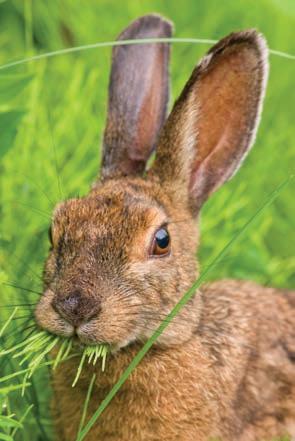
Youcanaddthistothefoodchain.

Ateachlinkinthefoodchain,energyandnutrientspass fromoneorganismtothenext.
Therearetwoimportantfactsthataretrueofallfood chains.
1. Afoodchainalwaysstartswithaproducer–agreen plantorsomethingformedfromit.
2. Alloftheenergythatpassesalongafoodchaincomes fromtheSun.
Activity2.6.1
Hereiswhatyouneed:
•12blankcards(4cm×3cm).
Hereiswhatyoushoulddo:
1. Makenamecardsforeachoftheseorganisms: Barbadoscherrytree,stinkbug,prayingmantis, butterfly, caterpillars,slugs,toads,smallbirds,hawks.
2. Makethreearrowcards.
Funfact
3. Useyourcardstomakesomefoodchains.Eachofyour foodchains:
•shouldstartwithaplant
•shouldhaveatleastthreeorganisms.
4. Writedownyourfoodchains.
Thegeneralflowdiagramforafoodchainis:
Producer
Primary consumer
Thisisanexampleofafoodchain.
Secondary consumer
Thenumbersof organismsineach populationdecreases alongafoodchain.In thefoodchaindescribed therearemanygrass plants,asmallnumber ofrabbitsandaneven smallernumberofocelots.
Keyterm
foodchain relationship betweenproducersand consumersusingthe namesoforganisms
Grass Grasshopper LizardSnakeFalcon
algae nymphs minnows pike osprey
FIG2.6.4
a) Whichorganismfeedson
i) algae?
ii) nymphs?
iii) minnows?
iv) pike?
b) Fromtheorganismsinthefoodchain,name:
i) aprimaryconsumer
ii) asecondaryconsumer
iii) aproducer.
We arelearninghowto:
•drawandinterpretafoodweb
•predicthowchangestothepopulation ofoneorganisminafoodchainor webwillaffectthepopulationsof otherorganisms.
A food chain showseach animaleating oneothertypeof organism. In the realworld,animalseat lots ofdifferent things. Each animal, therefore,will appear in many food chains.
Herearesomefoodchainsinvolvingorganismsthatliveinadesert.
Desertplants Desertrats SnakesHawks
Mostof the organismsare in more than onefood chain.The feeding relationshipsbetweentheseorganismsarebettershownas a food web. Afoodwebshowshowfoodchainsarelinkedtogether.
Ifweweretotake a foodchaininisolation,wecouldeasilypredict theeffectthat a fallinthepopulationofoneorganismwouldhave ontheothers.Forexample,supposethatas a resultof pollutionfrom a factory, allofthelargelizardsinthe followingfoodchaindied.
We couldpredictthatthepopulationsofinsectswould increase,becausethelargelizardswerenolonger eatingthem,whilethehawkswouldalldieout,asthey wouldhavenolargelizardstoeat.
Lifehowever,isnotsosimple:
• Organisms atthe bottom ofa food chain are generally eatenby more than onetypeof consumer.
•Organismsatthetopofafoodchaingenerallyeatmorethan onetypeof prey.
Herearesomepredictionswemightmakefromthepositionof largelizardsinthefoodweb:
•Ariseinthenumbersofinsectsandsmalllizards–aslarge lizardswilleatfewerofthem.
•Afallinthenumbersofdesertplants–becausetherewillbe moreinsectsandsmalllizardsfeedingonthem.
•Ariseinthenumberofsnakes–astherewillbemore smalllizardsforthemtoeat.


•Afallinthenumberofsnakes–asthehawkswilleat moreofthem.


Thesituationiscomplexandsometimescontradictory.For example,willthepopulationofsnakesdecrease,asmore areeatenbyhawks,orincrease,astherearemoresmall lizardstoeat?


2.7
Funfact
Foodwebsforalarge ecosystemmightcontain manyorganisms.
Checkyourunderstanding
1. Hereare somefeeding relationships betweenanimalsin awoodland.
• Worms,volesand miceeatvegetation.


•Badgerseatworms, volesandmice.
•Shrewsandbadgers eatworms.

•Barnowlseat shrews,volesand mice.


Showthis informationasa foodweb.
Hereiswhatyouneed:
•Card:2cm×3cm×8pieces.
Hereiswhatyoushoulddo:
1. Writethenameofeachorganismintheabovefood webonaseparatepieceofcard.
2. Turnthecardsfacedownandshufflethem.
3. Selectonecard.
4. Thepopulationofthisorganismisgoingtofalldueto disease.Maketwopredictionsabouthowitwillaffect thepopulationsofotherorganismsinthefoodweb.
5. Repeatsteps 3 and 4 untiltherearenocardsremaining.
foodweb shows relationshipsbetween animalsthatareinmore thanonefoodchain predator animalthat eatsotheranimals prey animalthatis eatenbyotheranimals


•distinguishmetalsandnon-metals
•appreciatehowtheelementsare groupedinthePeriodic Table
•usethePeriodic Tabletopredict atomicstructure.
Elementsaresubstancesthatcannotbebrokendowninto anythingsimpler.Thereare94elementsthatoccurnaturally ontheEarthalthoughsomeofthemexistonlyinverysmall quantities.Therearealsoafewelementswhichhavebeen madeartificiallyusinghigh-energydevicescalledparticle accelerators.

Elementslikecopperandaluminiumaremetals,whereas elementslikesulfurandcarbonarenon-metals.
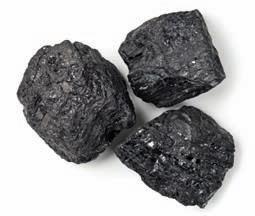

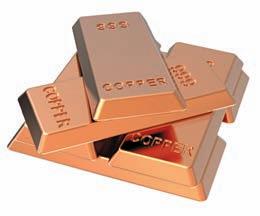
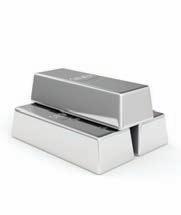
Undernormalconditionsoftemperatureandpressure,most elementsaresolids,however,somearegasesandavery smallnumberareliquids.Allelementscanbesolid,liquidor gasgivenappropriateconditions.






Anatomisthesmallestparticleofanelementthatcan takepartin a chemicalreaction.Thesearethebuilding blocksfromwhichallsubstancesareformed.Allofthe atomsofanelementaresimilartoeachother, butare differentfromtheatomsofanotherelement.
hydrogenoxygencarbon
We arelearninghowto:
Atomsareoftenshownindiagramsassmallspheresof differentcoloursbutinreality,theyarenotcolouredand eventhelargestatomsarefartoosmalltobeseen,even withthemostpowerfulmicroscopes.
Atonetimescientistsbelievedthatatomscouldnotbe brokendownintoanythingsimplerbutwenowknowthat eachatomiscomposedofevensmallersub-atomicparticles.
Kinetic energyisthe form ofenergy associatedwith movement. Thekinetictheoryisconcernedwiththearrangementof,and movementof,particlesinsolids,liquidsandgases.
Thistheoryhelpsustoexplainwhysubstancesbehaveinthe waytheydo.Itallowsustoexplainsuchobservationsas:
• Gasescanbeeasilycompressedbutsolidsandliquids cannot.
•Liquidsevaporatemorequicklyonwarmdays.
• The rateof a chemicalreaction increaseswithtemperature.

Diffusionisthespreadingoutofparticlestooccupythe spaceavailable.Itoccursfastestingases,moreslowly inliquidsandveryslowlyinsolids. Youalreadyknow somethingabouttheprocessofdiffusionalthoughyoumay neverhavehearditcalledbythisname.

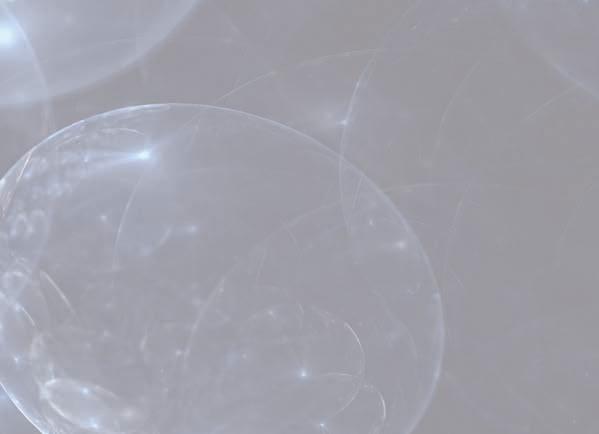
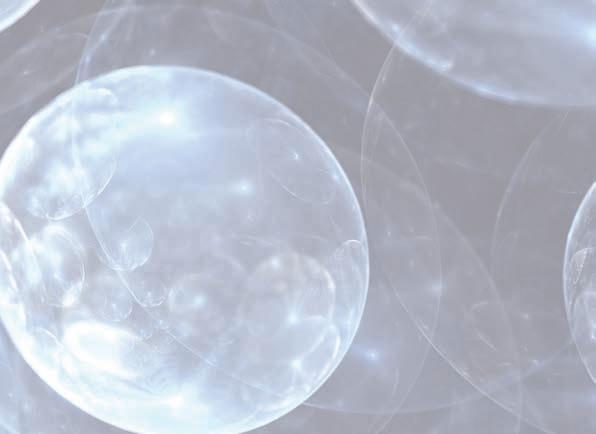

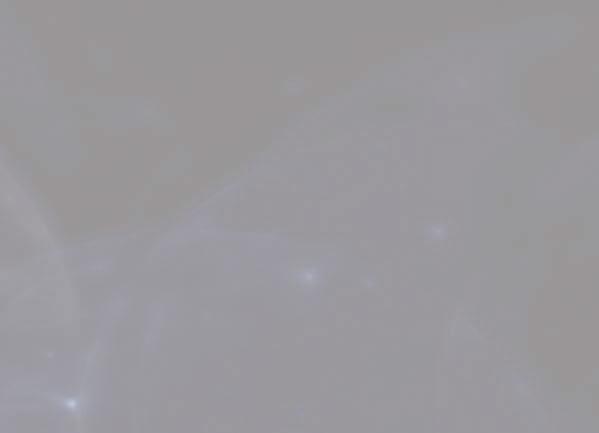
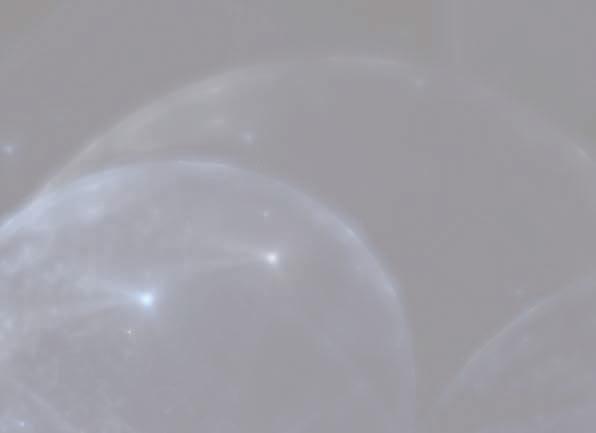
3.1
Sometimeswhenyoustepintoyourhome,youknowwhat yourmealisevenbeforeyouseeit.Thetinyfoodparticles diffusethroughtheairfromthekitchenintotheother roomsinyourhome.
Osmosisisaspecialkindofdiffusionthatinvolvesthe movementofmoleculesofwater.
Bothdiffusionandosmosisprovideevidencetosupportthe kinetictheory.
Over 2 000yearsago theAncientGreek philosophersLeucippus andDemocritus proposedtheexistence ofatoms,althoughthis wasnotsupportedby anyscientific evidence. Theword‘atom’comes fromtheGreek‘atomos’ whichmeansindivisible.


We arelearninghowto:
•identifydifferentgroupsinthe Periodic Table
•brieflydescribeelementsinsome groups.
TheverticalcolumnsofthePeriodic Tablearecalledgroups. Therearesimilaritiesinthechemistryofalltheelementsin anygroup. Youwillseefromthetableinlesson3.2thatthe groupsarenumberedfrom1to18.Inthislessonwewill lookatelementsinsomeofthesegroups.
The ‘alkali metals’ isthetraditional name ofthe Group 1 metals.Theseare softmetals,easily cutwith a knife.Theyarelightgreyincolour andformioniccompounds which arewhiteor colourless.
TheGroup1metalsallreadilyreactwithair, wateranddiluteacidandarestoredinoil. Reactivityincreasespassingdownthegroup solithiumistheleastreactiveelementinthegroup.The metalsbeyondpotassiumaretooreactiveforsafeusein thelaboratoryandthereforethechemistryofthisgroupis usuallylimitedtothefirstthreeelements.
NoticethathydrogenisoftenshownatthetopofGroup1 inthePeriodic Tablesimplybecauseofthestructureofthe hydrogenatom.HydrogenisnotaGroup1element.
Yourteacherwilldemonstratethisactivitybecausethereactionofthe Group1metalswithwaterispotentiallyhazardous.
Verysmallpiecesofthemetalsshouldbeused.Thereactionsshouldbe carriedoutbehindasafetyscreen. Hereiswhatyouwillneed:
1. Cut a tiny pieceoflithium,nobigger thangrainofrice
2. Three-quarterfill abeakerwithwater.
3. Placethelithiumontothesurfaceofthewater.
4. Observeuntilthereactioniscomplete.
5. Placeafewdropsofuniversalindictorintothewater.
6. Repeatsteps1–5withpiecesofsodiumandpotassium.
7. Describe whathappenswhenlithium,sodiumand potassium reactwithwater.
8. Placethethreemetalsinorderofreactivity,startingwiththemostreactive, onthebasisofyourobservations.
Groups3–12
Groups3–12ofthePeriodic Tablearecommonlycalledthe transitionelements ortransitionmetals.
Thetransitionmetalssharesomesimilaritieswiththe Group1metals,suchasbeinggoodconductorsofheatand electricity,butinotherwaystheyareverydifferent.The transitionmetalsaregenerallyhardandhavehighmelting pointsandboilingpoints.
Group17
TheGroup17elementsaresometimescalled the halogens
ElementSymbolAtomic number ColourStateat rtp*
Fluorine F9 palegreengas
ChlorineCl17yellow-greengas

BromineBr35red-brownliquid
Iodine I53black solid
TABLE3.4.1
3.4
(*=roomtemperatureandpressure)
Theseelementsareallreactive,althoughreactivitydecreases passingdownthegroup.Fluorineisfartooreactivetouse safelyinthelaboratory.
1. RubidiumisbelowpotassiuminGroup1.Statewhat youwouldexpecttohappen,if a tinypieceof rubidiumisplacedin a troughofwatercontaining universalindicator.
Keyterms
alkali metals Group 1 elements

transition elements / metals elementsof
Groups3–12
halogens Group17 elements